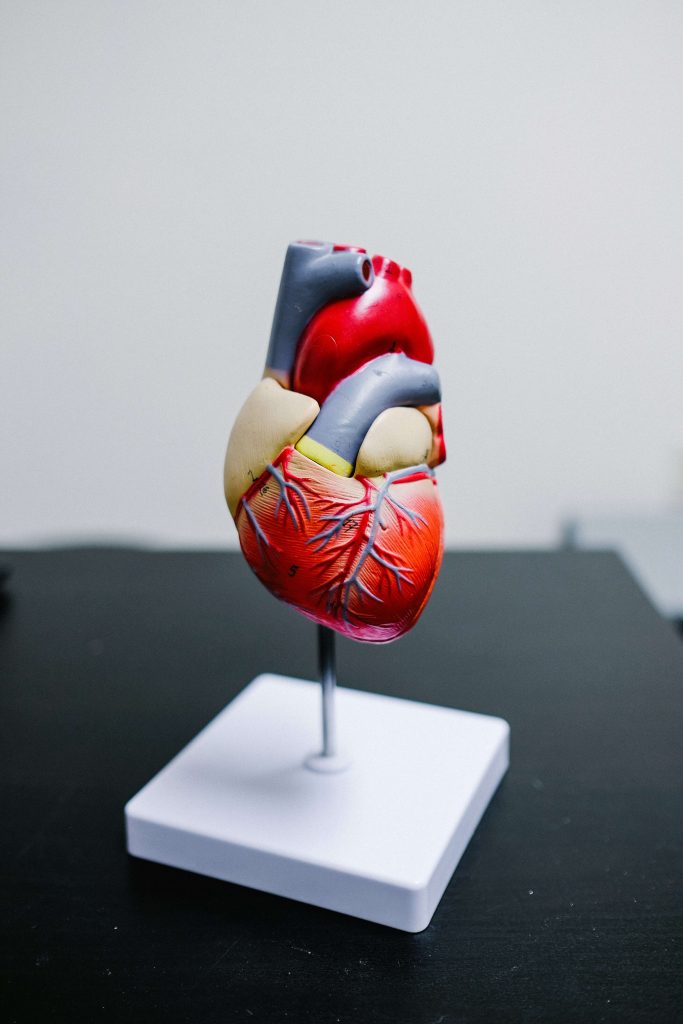Diverse Spectrum of Vascular Disease
Posted on March 18th, 2024 by Andries Lodder

Vascular disease, also known as vasculopathy, is an umbrella term for conditions that affect and damage your blood vessels. These blood vessels are important as they carry nutrient- and oxygen-rich blood to the body’s tissues, whilst removing metabolic waste. Vascular diseases include any condition that influences the circulatory system. Vascular diseases fall upon a diverse spectrum, impacting various systems within the body. They range from disorders of blood circulation, to conditions affecting the arteries, veins and lymph vessels, and can all vary in severity.
Types of vascular diseases:
- Peripheral artery disease
- Varicose veins
- Aneurysm
- Carotid artery stenosis
- Raynaud syndrome
- Atherosclerosis
- Blood clots
- Coronary artery disease
- Chronic venous insufficiency
Peripheral artery disease (PAD)
Peripheral arteries refer to all arteries in your body, except for the heart (coronary arteries). Plaque from the deposition of cholesterol and fat may accumulate within peripheral arteries, causing them to narrow and harden. This is known as atherosclerosis, and it results in reduced blood flow through the arteries. PAD may result in symptoms such as pain, aching and cramping in the legs, lower limb discolouration, and numb or weak legs.
Varicose veins
Varicose veins are thin, purple veins that can be seen just below the skin. They occur as a result of damaged or weakened blood vessel valves and vein walls. Valves in blood vessels prevent backward flow however, when they are damaged, blood pools and flows in the wrong direction – leading to the appearance of varicose veins.
Atherosclerosis
Atherosclerosis occurs due to the build-up of plaque – a substance composed of fat, cholesterol, and blood cells – within the blood vessels. This plaque build-up results in the narrowing of the arteries. Narrowed arteries results in reduced blood flow, and thus reduces the delivery of oxygen- and nutrient-rich blood to the tissues and organs. Risk factors for the development of atherosclerosis include a poor diet, sedentary behaviour and lack of exercise, as well as genetics. Atherosclerosis however can be prevented or delayed by engaging in regular exercise and by following a healthy diet and lifestyle.
Treatment
Vascular diseases fall upon a diverse spectrum and therefore treatment options depend on the specific condition. However, treatment may include medications, changes in one’s lifestyle, and in severe cases may include surgery. Following a regular exercise routine, as well as a healthy, nutrient-rich diet may reduce one’s vascular disease risk profile and prevent or delay the onset of vascular diseases.
If you require any advice on creating a personalized exercise program to reduce your vascular disease risk profile, please do not hesitate to contact us!
Tweet